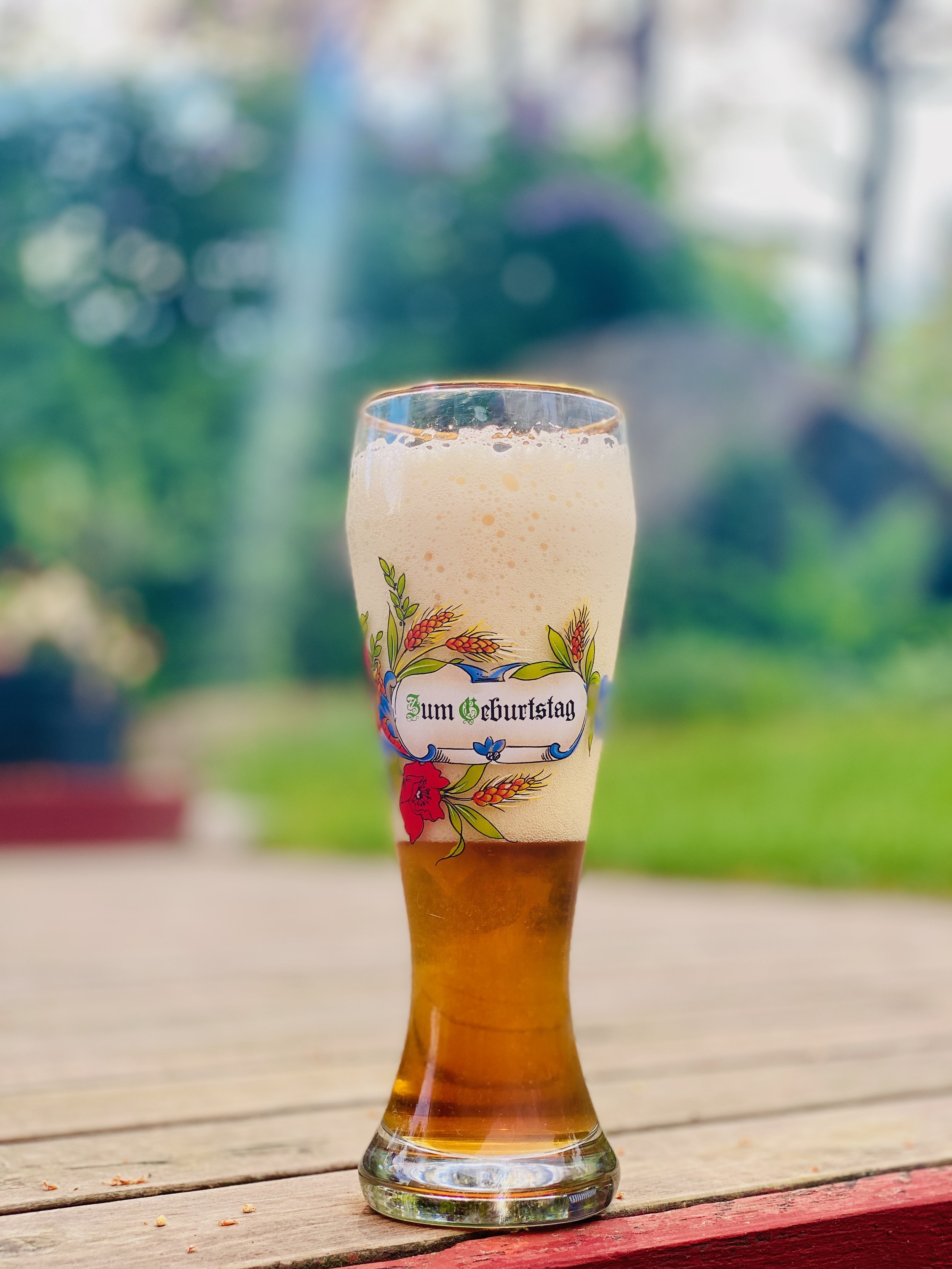Biber, Alus, Kalya and Beor - Beer as material and landscape.
I am thrilled to announce my forthcoming artistic project, made possible by a lovely grant from Svenska Kulturfonden (Thank you!). In the project, I will focus on beer, beer’s agency and materiality. This will be done through brewing and painting with beer!
I like beer. And I'm not alone, as an estimated 177.5 million kiloliters of beer are consumed worldwide each year. In Finland, beer consumption is estimated at 72 litres per year per person, which is a lot, but still less than in the Czech Republic, where beer is consumed the most (161 litres per person).
A rose by any other name would smell as sweet
-William Shakespeare
Beer is one of the oldest alcoholic beverages, with roots that go back thousands of years. Although the exact origin of beer is unknown, its history is estimated to date back at least 13,000 years. The Germanic word for beer (beer, bier, birra) comes from the Latin word bibere, meaning "to drink," referring to the beer's everyday role as a thirst quencher. The etymology of ale (which is not really beer, but we'll leave that for later), popular and probably originating from the UK, comes from the Proto-Indo-European word alus, which means "bitter," or according to other researchers, "honey drink" or "strong drink." The Finnish words for beer, olut, and kalja are old loanwords with roots that lead researchers to Komi and Persian, among others. In short, beer plays an essential role in human history.
Beer, in simple terms, is a cereal that has been fermented and to which spices, such as hops, have been added. However, looking at different beer styles and beer drinking in different cultural contexts quickly reveals various cultural and political entanglements in which religion, trade, values, and ideologies (to name a few) are involved; beer is never just beer.
For example, the German beer law, The Reinheitsgebot, that regulates which ingredients can be added to the beer, seem to have come about in order to control the quality of the beer (as in assuring that drinkers wont get sick drinking the beer), but also to keep wheat out of beer to secure its availability to bakers and in part because of individual mercenariness to secure income and control trade (more on this later).
Beer also adds historical and cultural layers to the individual themselves: the beer consumed leaves traces reasonably quickly on the body but also affects the way of thinking and acting. How many historical decisions are influenced by beer?
At the core of this art and research project is a new materialist examination of beer as a living (from yeast and bacteria, further to the beer's agency in the world) and performing material. Therefore, I do not focus on beer as alcohol or a drug but as a material and part of a broader composition of more than human worlds.
So in the coming year, welcome to follow my progress into the different landscapes of beer. My first step is to look at one of the most popular beer styles in the world: lager. I will soon brew some lager, and after lagering it, I will paint with it. You can subscribe to this feed in your RSS reader if you want to keep updated about the process!

